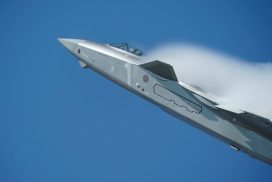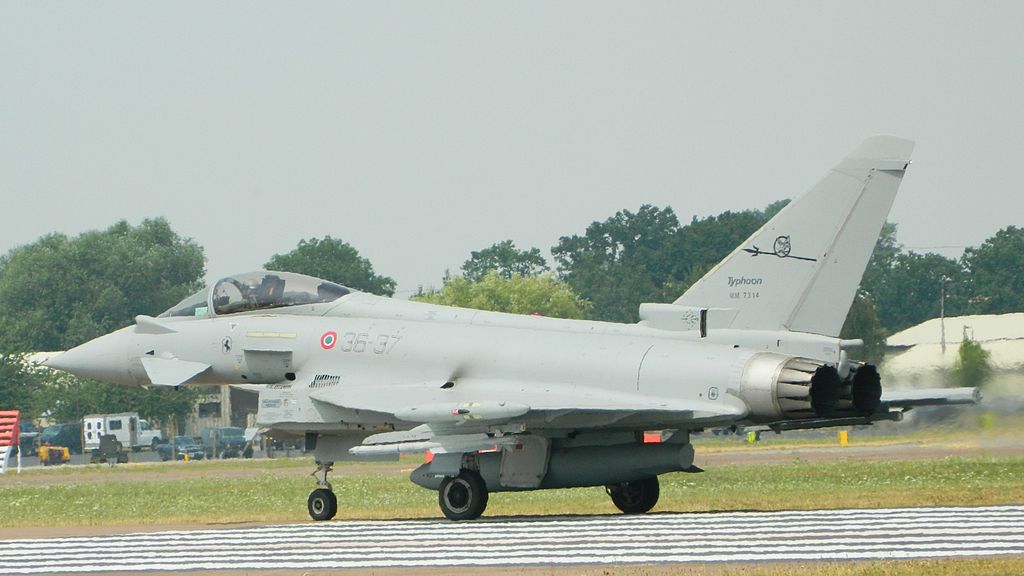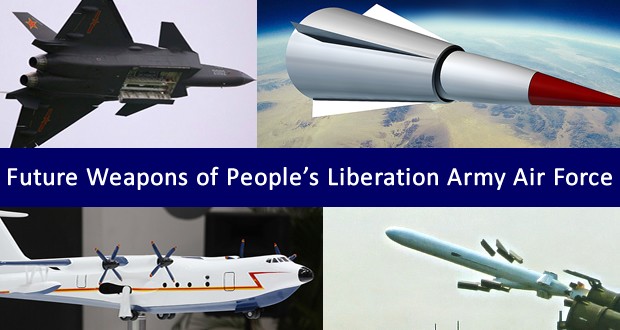Pentagon acquisition executive John Young says the U.S. Air Force will spend $8 billion to upgrade 100 F-22 fighters, which he said would be “lesser models” without the modifications.br /br /The money, which will be used to create and install better software and make other unspecified modifications, is included in the 2010 defense spending blueprint that will be handed to the incoming Obama administration, Young told reporters during a Nov. 20 breakfast in Washington.br /br /p”The Air Force had planned and accepted to have a two-tiered structure where some of the earlier jets were not fully capable jets, not to the Block 35 configuration, which provides important capabilities. I think something like 100 jets would kind of be lesser models” under that plan, Young said. “One thing that’s in the [2010 budget plan] is to bring more of that fleet to common, high-end, capable configuration. The cost of that is $6.3 billion of [research and development].”/ppHe expressed concern about spending so much to upgrade the Air Force’s prized fighter because “this is [for] a platform we’ve already developed.”/ppHis comments came one day after he was grilled for more than two hours by lawmakers about the Bush administration’s decision to not follow Congress’ direction to spend $140 million of advance procurement money on parts for 20 more F-22s, which would help bring the fleet to 203 Raptors./ppYoung told lawmakers that senior Pentagon officials, who decided to only spend $50 million of the funds made available in the 2009 Pentagon spending measures, were trying to save money in advance of an Obama administration decision about the program’s future./ppThe Bush administration’s Pentagon team has bristled at buying more than 183 of the Lockheed Martin-made fighters; the Air Force has long said it needs 381. The Bush defense team opted earlier this year to take steps to keep Raptor production going long enough to allow the next administration to decide whether more are needed./ppYoung told the panel on Nov. 19 that if the new administration decides to keep the program going, it can order $90 million more in parts for 16 more planes without any extra cost to taxpayers./ppThe next morning, he cautioned reporters that before the next administration decides whether to buy more Raptors, the Office of the Secretary of Defense and Air Force brass should seriously discuss issues like the needed upgrades to the 100 models that rolled off the production line first./pp”Those discussions need to be had before you talk about buying more jets,” he said. “That’s really a requirements and capability discussion that Air Force and OSD has to have.”/pdiv class=”subhead”Expensive To Fly/divpBut that’s not all the next Pentagon leaders will have to debate about the super-secret Raptor, he said. He said operational tests have showed the plane is “proving very expensive to operate.” /ppThose tests have shown what he called a negative trend, meaning the “maintenance man-hours per flying hour has increased through those tests. The last one was a substantial increase.”/ppYoung also expressed concerns about the plane’s mission-capable rates, saying recent marks in the “62 percent kind of range” are “troubling.” He also said data shows the plane “meets some but not all” of its key performance parameters.”/pp”We’re not seeing the mission-capable rates that we expected. And it’s complex to maintain,” Young told reporters. “I would highlight the maintenance on the plane is too high. They are struggling with some of the [low-observable features] and other issues.”/ppA spokeswoman for Raptor-maker Lockheed had not yet returned a call seeking comment at time of this posting./ppThe bottom line, according to Young: “There is clearly some work that needs to be done there to make that airplane capable and affordable to operate.”/p
Menu
Copyright © 2007- 2025 • Defence Aviation • All Rights Reserved. Reproduction without explicit permission is prohibited.



